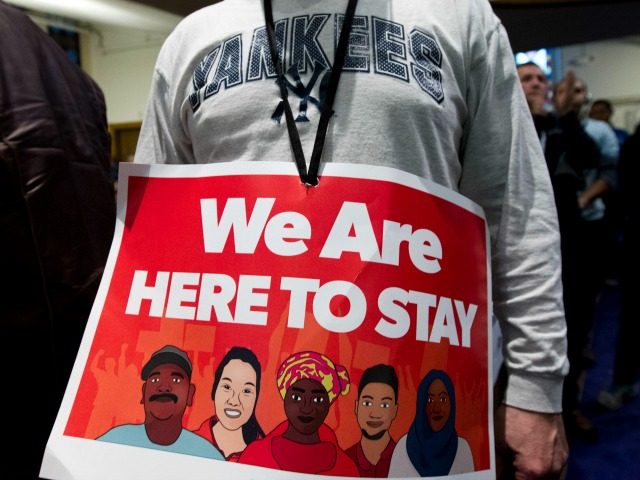
Center for Immigration Studies
Probably a million children soon enough will be seen and heard
Soon, the nation will know the fate of the so-called “Dreamers”, the 800,000 or so recipients of President Barack Obama’s 2012 DACA (Deferred Action for Childhood Arrivals) work-permit program. As my colleague John Miano discussed earlier this month, the U.S. Supreme Court is expected to rule on a legal challenge to President Donald Trump’s revocation of the DACA protections for these hundreds of thousands of illegally present adults who came to the U.S. before age 16.
The DACA generation at issue is all grown now, acculturated to life in America with their DACA work permits and finding fairly broad sympathy, some of it quite bipartisan. About to become front and center again on the national stage are great political, moral, and policy questions as to whether the Dreamers will be cut a special path-to-citizenship break or sent packing to countries some may not remember.
But lost in the discussion of the old DACA generation is the brand new DACA generation, just imported, that almost no one has acknowledged as the spinning political football it is heading fast and hard into Washington. Today’s policy-makers, political candidates, and advocacy groups that don’t appreciate DACA ought to be thinking ahead about what to do about them, while they are still children, if Democrats win power in November. To even start to do that, acknowledgement is the prerequisite.
The mass-migration crisis of 2018-2019, when more than a million mostly Central Americans crashed the southern border, was largely fueled by media-powered mass discovery of the previously obscure “Flores Settlement” loophole, by which adults knew that crossing with at least one child entitled them to be quickly released into the United States, where they could permanently join the nation’s illegal immigrant population.
Children poured in, hundreds of thousands of them. No one seems to have measured the parameters of this next DACA generation. But U.S. Customs and Border Protection apprehension data shows that, at the very least, 722,700 children crossed into the United States in fiscal years 2018, 2019, and through April 2020.
I say “at the very least” because that 722,700 number is the sum of unaccompanied minor aliens sent over the border and family units. CBP defines family units as “the number of individuals (either a child under 18 years old, parent or legal guardian) apprehended with a family member by the U.S. Border Patrol”. I’m only counting one minor per family. So the 722,700 figure would balloon considerably if, say, half of the 622,692 families came in with a second child. Many more came through at ports of entry as “inadmissibles”, for example 53,430 family units in just 2019.
It’s safe to say that the next DACA generation is well over one million.

